CA -> MN -> MT -> MN -> CA
For your reading enjoyment, I bring you three very short stories about my recent trip to Montana. Advice, drama, awkward layouts — it’s all here!
Yes Virginia, It’s Snowy in the Mountains

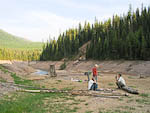 “A beautiful area, but it’s under 100 inches of snow right now,” said the ranger, crushing our hopes. The six of us had been planning to backpack in the Jewel Basin in Flathead National Forest, but we weren’t equipped to deal with so much snow. Turns out that snow lingers in the northern Rockies well into July. Late May was a bit early. The solution: nearby Firefighter Mountain. No snow there; just a confusing network of unmapped forest roads and dense pine forest. Later, that resulted in a cellphone appeal to a higher-resolution map, which led to two discoveries: Google Maps uses the WGS-84 datum instead of the NAD-27 datum, and Terraserver-USA snaps lat/long coordinates in a way that makes it nearly useless.
“A beautiful area, but it’s under 100 inches of snow right now,” said the ranger, crushing our hopes. The six of us had been planning to backpack in the Jewel Basin in Flathead National Forest, but we weren’t equipped to deal with so much snow. Turns out that snow lingers in the northern Rockies well into July. Late May was a bit early. The solution: nearby Firefighter Mountain. No snow there; just a confusing network of unmapped forest roads and dense pine forest. Later, that resulted in a cellphone appeal to a higher-resolution map, which led to two discoveries: Google Maps uses the WGS-84 datum instead of the NAD-27 datum, and Terraserver-USA snaps lat/long coordinates in a way that makes it nearly useless.
Take that, Planet Earth!
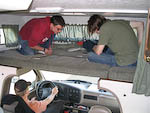
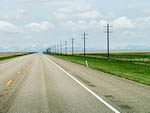 The glaciers in Glacier National Park are melting. At the present rate, they will cease to exist by 2030. It is then with some irony that I made my trip to Glacier NP by first flying from California to Minnesota and then driving from Minnesota to Montana. Why? The RV and my friends were in Minnesota. The drive revealed something else: Montana is a huuuuge state, and an enormous part of it is empty grazing land. The upside is that western Montana has plenty of beautiful mountains, and opportunities for solitude abound. Total distance traveled on the trip: about 5400 miles.
The glaciers in Glacier National Park are melting. At the present rate, they will cease to exist by 2030. It is then with some irony that I made my trip to Glacier NP by first flying from California to Minnesota and then driving from Minnesota to Montana. Why? The RV and my friends were in Minnesota. The drive revealed something else: Montana is a huuuuge state, and an enormous part of it is empty grazing land. The upside is that western Montana has plenty of beautiful mountains, and opportunities for solitude abound. Total distance traveled on the trip: about 5400 miles.
The Woods
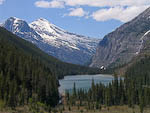
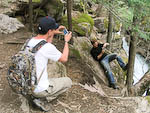 Recent fire places an eerie imprint on a forest. Having found mixed success hiking at Flathead NF and Glacier NP, we set out backpacking in nearby Lewis and Clark NF. Our path brought us through thick forests, muddy trails, and open meadows. It also led us through a recently burned stand of pines. Unlike in Glacier and Flathead, we saw no moose nor bear. All was quiet. The trees stood as black limbless spikes. The undergrowth was replaced by a blanket of short green grass. The only animal was a large owl, hunting for nonexistent prey. After crossing Pike Creek, we were greeted with an even stranger sight: endless unburned trees, completely devoid of undergrowth and ground clutter. In every direction, as far as one could see — nothing but dense, healthy pine trees in a carpet of green grass. Like something from a horror film. Spooky, yet strangely calming all the same.
Recent fire places an eerie imprint on a forest. Having found mixed success hiking at Flathead NF and Glacier NP, we set out backpacking in nearby Lewis and Clark NF. Our path brought us through thick forests, muddy trails, and open meadows. It also led us through a recently burned stand of pines. Unlike in Glacier and Flathead, we saw no moose nor bear. All was quiet. The trees stood as black limbless spikes. The undergrowth was replaced by a blanket of short green grass. The only animal was a large owl, hunting for nonexistent prey. After crossing Pike Creek, we were greeted with an even stranger sight: endless unburned trees, completely devoid of undergrowth and ground clutter. In every direction, as far as one could see — nothing but dense, healthy pine trees in a carpet of green grass. Like something from a horror film. Spooky, yet strangely calming all the same.
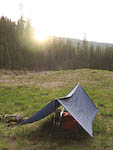


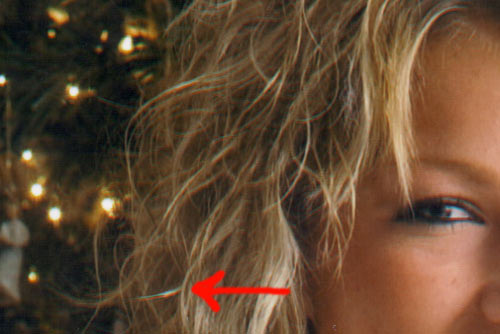

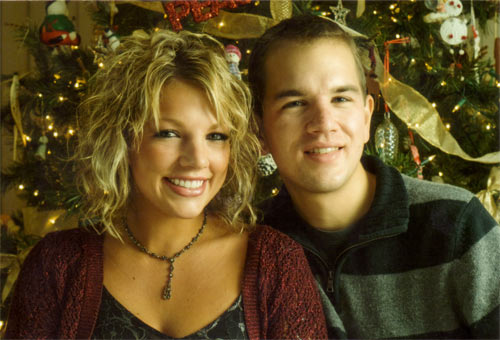
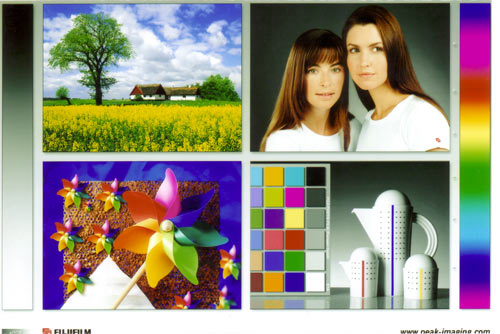




Recent Comments